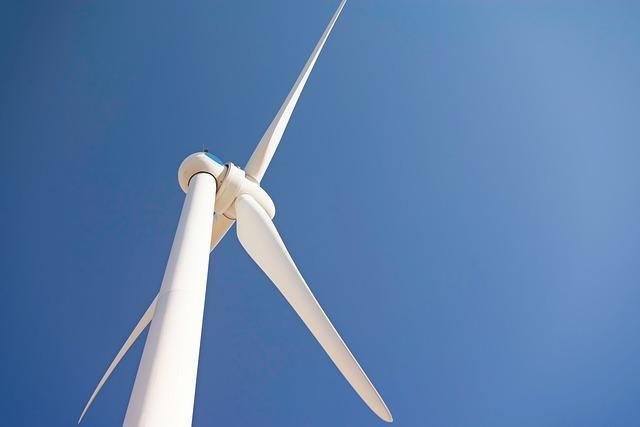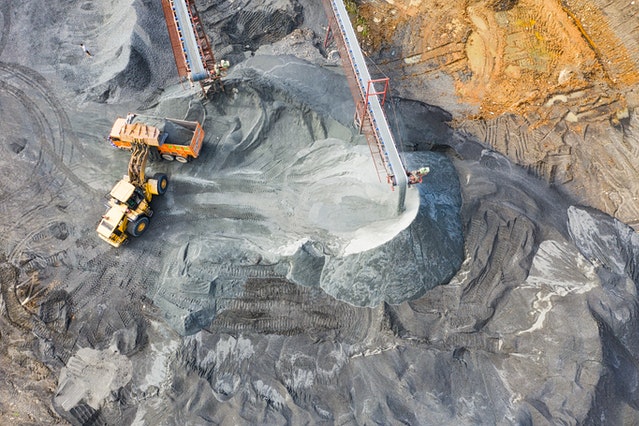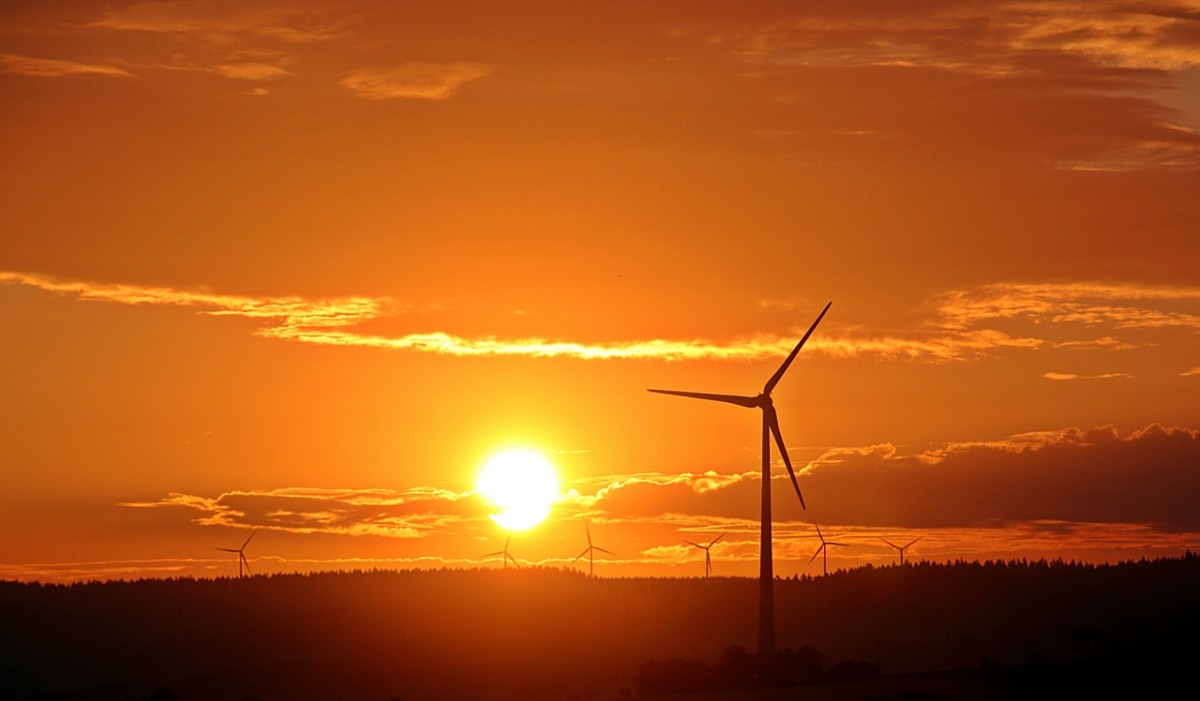What Are Renewable Resources?
Are renewable resources really renewable? This is a question that many people are asking these days. The answer, unfortunately, is not a simple one. The use of the word “renewable” can be misleading, because it often means different things to different people.
In some cases, it might refer to something that can be replaced in a relatively short period of time via natural processes, like wood from a forest that can be regrown. In other cases, it might refer to something that can be used over and over again without damaging the environment, like solar energy or wind power.
Many people think of renewable resources as inexhaustible, but that’s not always the case. Some resources, like water, are renewable as long as they’re managed properly. Others, like fossil fuels, are finite and will eventually run out. It’s important to remember that not all renewables are created equal.
What Are Some Examples of Renewable Resources
Renewable resources that are also known as alternative energy include solar energy, wind energy, hydroelectric energy, biomass energy and geothermal energy. We will look at these examples of renewable resources in more depth later in this article. Renewable resources are a critical part of our ecosystem and daily life. They are resources that can be naturally replenished, like solar and wind energy. Renewables offer an environmentally friendly alternative to fossil fuels and other traditional energy sources that have a detrimental environmental impact.
Top 5 examples of renewable resources
Renewable resources and sustainable development have become popular buzzwords in recent years. But what do they actually mean? Renewable resources are materials that can be replaced or replenished in a relatively short period of time. Sustainable development is the use of these resources in a way that does not compromise the earth’s ability to meet the needs of future generations. There are many renewable resources examples available, but here are five examples of renewable energy sources:
1. Solar energy: Solar energy is created by the sun to generate electricity and is one of the most abundant renewable resources on earth. It can be used to power homes, businesses and vehicles. Solar energy is the cleanest and most abundant renewable resource available today. It has no air pollutants, consumes no water or land and is carbon free.
2. Wind power: Wind power is created by the wind and is another widely used renewable resource. It can be harnessed to generate electricity or used to move vehicles or machines. Wind farms were originally constructed in remote areas; however, recent developments are occurring in urban settings. The first offshore wind farm in the world was built in 1991 at Østerild, Denmark. It was a prototype to test the design and technology for future larger projects. As with solar power, wind turbines are being developed for military usage.
3. Hydroelectric energy: Hydroelectricity is a form of energy that uses the potential energy of water to turn turbines and generate electricity. It is considered a renewable resource because the water can be recycled and used again. Hydroelectricity is the most common form of renewable energy in the world, and accounts for about 16% of global electricity generation.
4. Biomass: Biomass is a term used to describe plant matter, organic matter or animal matter that can be converted into energy. As a renewable resource, biomass is one of the most abundant sources of energy on Earth. It can be used to produce heat and electricity, to create materials such as biogasoline and ethanol fuel. In the history of human civilization, biomass was essential for providing food, paper and firewood.
5. Geothermal: Geothermal power is the conversion of heat from the Earth to electricity. The Earth’s crust acts as a giant heat pump, drawing in heat and releasing it later at a faster rate when cooler temperatures are reached. The earth’s heat is released by the decay of naturally occurring radioactive elements in the rocks. The heat is carried along with the flow of hot water, which can be used as a source of mechanical energy.
How renewable resources work
Renewable resources are natural resources that can be replenished. This means that the resource can be used over and over again and it will not run out. Renewable resources come from the sun, wind, water, and earth. Wind turbines for example are powered by the wind. The wind blows across a blade and turns a large turbine, which produces electricity. Wind turbines can be small or large, depending on the amount of wind available in a particular area.

Pros and cons of renewable resources
Renewable resources, such as solar and wind power, have become more popular in recent years as the world has sought to find ways to reduce its reliance on fossil fuels. While there are many benefits to using renewable resources, there are also some drawbacks that should be considered. One of the biggest benefits of renewable resources is that they are environmentally friendly.
They do not produce the same emissions that traditional fossil fuels do, and they can help reduce greenhouse gas emissions. Additionally, renewable resources are often cheaper in the long run than traditional fuels.
What are the advantages of solar power?
Solar power has many advantages. One advantage is that it helps to reduce pollution. Solar power can be used to heat and cool homes, and many communities have installed solar panels on their roofs to do this. It can also be used for electricity generation.
However, one of the main drawbacks of renewable resources is that they can be unreliable. The sun doesn’t always shine and the wind doesn’t always blow, so it can be difficult to rely on these sources of energy for a consistent supply.
Why should we use renewable resources?
There are many reasons why we should use renewable resources. One reason is that it is better for the environment. Renewable resources come from sources that can be replenished, like the sun, wind, and water. This means that they don’t produce pollution or greenhouse gases like traditional energy sources like coal and oil do. Another reason to use renewable resources is that they are sustainable.
This means that they can be used over and over again without running out. Finally, using renewable resources creates jobs and supports businesses in the United States. How do we use renewable resources? There are many ways that we use renewable resources. One way is to plant trees. Trees help make the air cleaner and reduce pollution. They also slow down global warming by absorbing carbon dioxide from the air.
The future of renewable energy resources
Renewable energy resources are essential for the future and the health of our planet. The sun is an abundant source of energy that can be harnessed through solar panels. Solar energy is clean, reliable and renewable. Wind power is another great source of renewable energy.
Wind turbines can be installed near coastal areas or on mountain ridges to take advantage of the wind resource. Geothermal energy is derived from the Earth’s internal heat, which can be tapped through drilling wells into the hot rock layer below the surface. Biomass, or plant material, can also be used to generate electricity from biomass power plants.
Can you use renewable energy in your home
Renewable energy is a great way to help the environment and save money on your energy bill. You can use renewables in your home by installing solar panels or a small wind turbine. Renewables are a great way to reduce your carbon footprint. Solar panels convert sunlight into electricity, wind turbines use the wind to turn turbines and generate electricity.
Renewables are also a great way to save money on your energy bill. Solar panels can reduce your electric bill by 50% or more. Wind turbines can save you up to 40% on your electric bill.
Renewables are also a great way to protect the environment.
Renewables are a great way to protect the environment for many reasons. They can help reduce greenhouse gas emissions, which can cause climate change. Renewables can also help reduce water usage, and they can create jobs and economic growth. Renewables can also help reduce our dependence on foreign oil. Renewable energy is a great way to protect our environment. In addition, wind farms are usually built in remote locations away from residential areas and power lines can cause noise pollution.
Renewable energy facts:
Renewable energy is a hot topic in the world today. There are many benefits to using renewable energy, including reducing pollution, helping to stop climate change, and creating jobs. Some people may be wondering what exactly renewable energy is.
Renewable energy is any type of energy that comes from natural sources that are constantly being replenished. These sources include solar power, wind power, hydro power, and geothermal power. There are many different types of renewable energy.
For example, solar power is a renewable energy source that comes from the sun. Wind power is a type of renewable energy that comes from the wind. Hydro power is another type of renewable energy.
What are non-renewable resources?

Non-renewable resources are those that can not be replaced or reproduced in a short period of time. These non-renewable energy resources are found in limited quantities on Earth and must be managed carefully to ensure they are used in a sustainable way. Non-renewable resources include fossil fuels such as coal and oil, as well as metals such as gold and platinum. Fossil fuels were formed from the remains of ancient plants and animals.
The use of non-renewable resources has a major impact on the environment. When these resources are burned, they release harmful greenhouse gases into the atmosphere. The use of non-renewable resources also contributes to climate change. It is important to find ways to reduce our reliance on non-renewable resources. We need to develop new energy sources that are renewable and environmentally friendly.
What Is Being Done to Encourage the Use of Renewable Resources?
Renewable resources are those that can be replenished relatively quickly, such as solar and wind power. While their use is growing, they still account for a small percentage of the energy used in the United States. There are a number of reasons for this, including government policies and subsidies that favor other forms of energy production.
One reason for government policies favoring fossil fuels is that, although renewable resources are a good source of energy, they are not as abundant as coal, oil, and natural gas. Another reason is the cost of constructing wind and solar power plants. These plants are relatively expensive to build and maintain.
What is zero-carbon or low-carbon energy?
In recent years, climate change has become a more pressing issue. As the world becomes more industrialized, the levels of greenhouse gases in the atmosphere increase, trapping heat and increasing the Earth’s temperature. This process is known as global warming, and it poses a serious threat to both our environment and our way of life.
One way to help reduce greenhouse gas emissions is by transitioning to low-carbon or zero-carbon energy sources. These sources of energy include solar, wind, hydro, and nuclear power. They produce far less emissions than traditional fossil fuels like coal and oil.
The transition to low-carbon or zero-carbon energy is not going to be easy, but it is essential if we want to protect our planet for future generations. We need to develop new technologies and find ways to reduce our reliance on the use of fossil fuel, we need to switch to green energy for our fuel sources.
What Is the Paris Climate Accord?
In 2015, representatives from 195 countries gathered in Paris to sign the Paris Agreement, a treaty intended to limit the global temperature increase to “well below” 2 degrees Celsius and as close to 1.5 degrees Celsius as possible. The Agreement is the most significant international climate agreement in history, and it went into effect on November 4th, 2016. To date, 174 countries have ratified the Agreement.
The Paris Agreement is important because it represents a global commitment to addressing climate change. It’s also important because it includes a number of provisions that will help countries meet their emissions reduction targets, including transparency and accountability measures, financial assistance for developing countries, and a mechanism for reviewing and updating emissions reduction targets.
What is the u.s. energy information administration
The Energy Information Administration (EIA) is a U.S. government agency that collects and analyzes energy information. This information is used to promote efficient energy use, protect the environment, and ensure national security. The EIA also provides data on international energy markets. This information is used to promote efficient energy use, protect the environment, and ensure national security.
Conclusion
The 5 renewable sources of energy that are most popular are:
solar energy
wind energy
hydroelectric energy
biomass energy
geothermal energy
Renewable resources come from natural sources that can be used over and over again. Some examples of renewable resources are sunlight, water, wind, biomass, and geothermal energy. These resources can be used to produce electricity, heat energy, fuels, or other products. The Renewable Energy Source Initiative and the Sustainable Energy for All Initiative The United States leads the world in renewable energy use. In 2009, U.S. renewable resources provided us with approximately 34% of all our electricity needs.
The United States has been a major player in the world of renewable energy since the early 2000s. A report by the National Renewable Energy Laboratory (NREL) shows that in 2017, renewables accounted for 17% of the country’s electricity generation.
This number is expected to grow in the coming years, with renewables making up a larger percentage of the country’s energy mix. By 2022, NREL predicts that renewables will account for 23% of America’s electricity generation.
This growth can be attributed to a number of factors, including falling costs of renewable technologies and rising public support for clean energy. In addition, many states are implementing policies that encourage the development of renewables. The growth of renewables presents both challenges and opportunities for America.
Recent Posts
Understanding Energy and Electricity: The Power For Progress
Energy and Electricity Energy and electricity are integral components of modern life, powering everything from homes and businesses to transportation and communication. Without them, the...
The Future of Wind Energy The future of wind energy is set to play a critical role in addressing global energy needs while combating climate change. As renewable energy sources like wind and...


